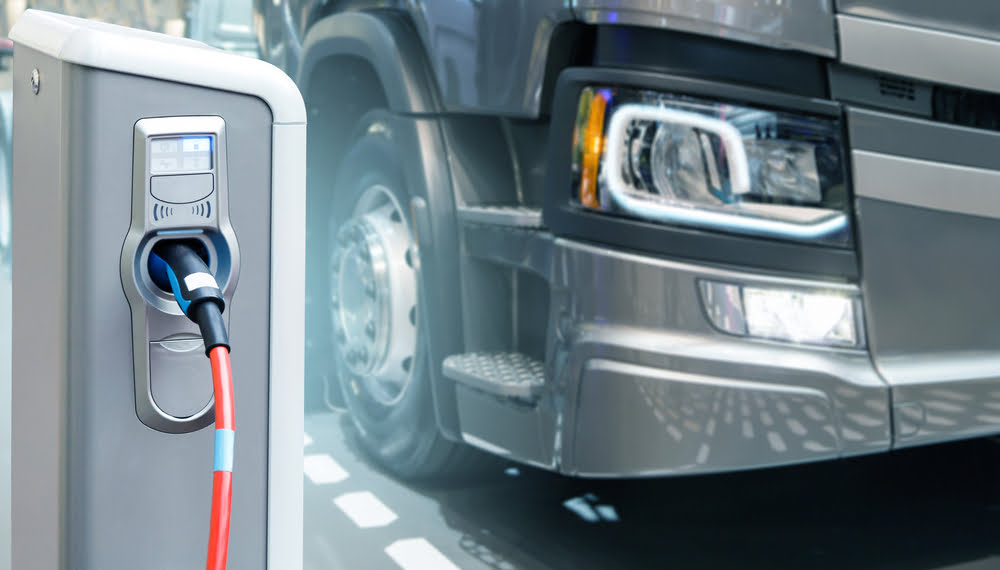After all, even if the target of 16.000 electric vehicles is achieved in 2030, 90 percent of the Dutch truck fleet will consist of fuel-engine-driven vehicles.
Reducing CO2 emissions and harmful substances such as nitrogen has the highest priority. In order to achieve the Dutch climate targets, the transport sector in the Netherlands faces the major challenge of reducing CO2030 emissions by 70 percent by 2. The focus of current policy is on zero emissions.
The influx of electric trucks is not fast enough. The high price and limited range are the current bottlenecks. The infrastructure for energy supply such as charging stations is also far from being arranged everywhere.
In order to achieve the reduction target, the transport sector needs to accelerate policies that go beyond the focus on zero emissions. After all, even if the target of 16.000 electric vehicles is achieved in 2030, 90 percent of the Dutch truck fleet will consist of fuel-engine-driven vehicles. And that while there is great untapped potential for CO2 reduction through fuel savings and efficiency.
A two-track policy is required to make rapid progress towards making transport more sustainable, consisting of 1. Zero-emission policy and 2. Fuel-efficiency policy in the broadest sense of the word, with a focus on low-emission alternative fuels and drives such as Biodiesel and Plug. -in hybrids.

If we don't do this, making transport more sustainable will incur unnecessary delays. Due to the amount of information, many transport companies are not sure what steps they need to take in the transition to zero emissions. There are also truck brands that present new zero-emission vehicles as if these trucks are available immediately and in large numbers. That is not yet the case. There is still a great lack of knowledge about zero-emissions among policymakers.
Various technical reports show the expectation that electric transport vehicles will perform better in the future, for example in terms of range and charging speed. But turning points are not only determined by technology. It is also about the real availability of sufficient equipment in the long term, the willingness of clients to pay for electric transport vehicles and the possibility of being able to charge electrically.
If legislation is subsequently made based on incorrect assumptions and estimates, the climate target of CO2 reduction in seven years will not be achieved. As a result, the transport sector is faced with unrealized requirements that can result in major risks for the sector and individual companies.
A two-track policy can ensure that the reduction target can be achieved. Including perspective for action for both policymakers and entrepreneurs and agreement about the facts and figures, according to Machiel Bode, sector specialist Transport, Logistics and Mobility, ING Sector Banking.



